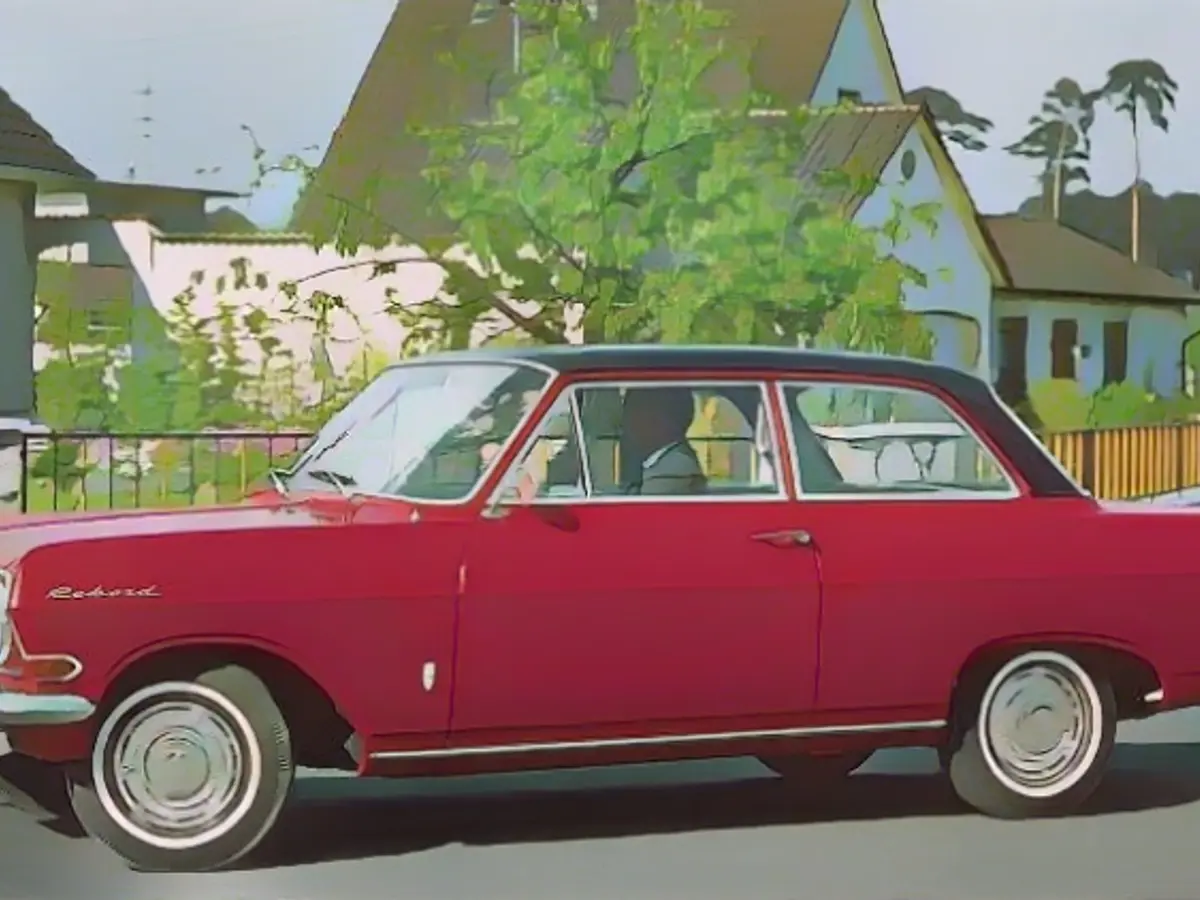Opel Rekord A/B - Glamor for little money
A sophisticated lifestyle that families could afford - 60 years ago, the Opel Rekord A/B became the first German mid-range model to be sold in millions. In Rüsselsheim, they knew what the German people wanted back when US President Kennedy visited Germany: a mini road cruiser.
How times change: Today, small cars like the Opel Corsa are the biggest stars in the new car registration statistics. By contrast, 60 years ago it was a mini road cruiser called the Rekord A that made dreams of the economic miracle come true for the middle classes and brought Opel record figures.
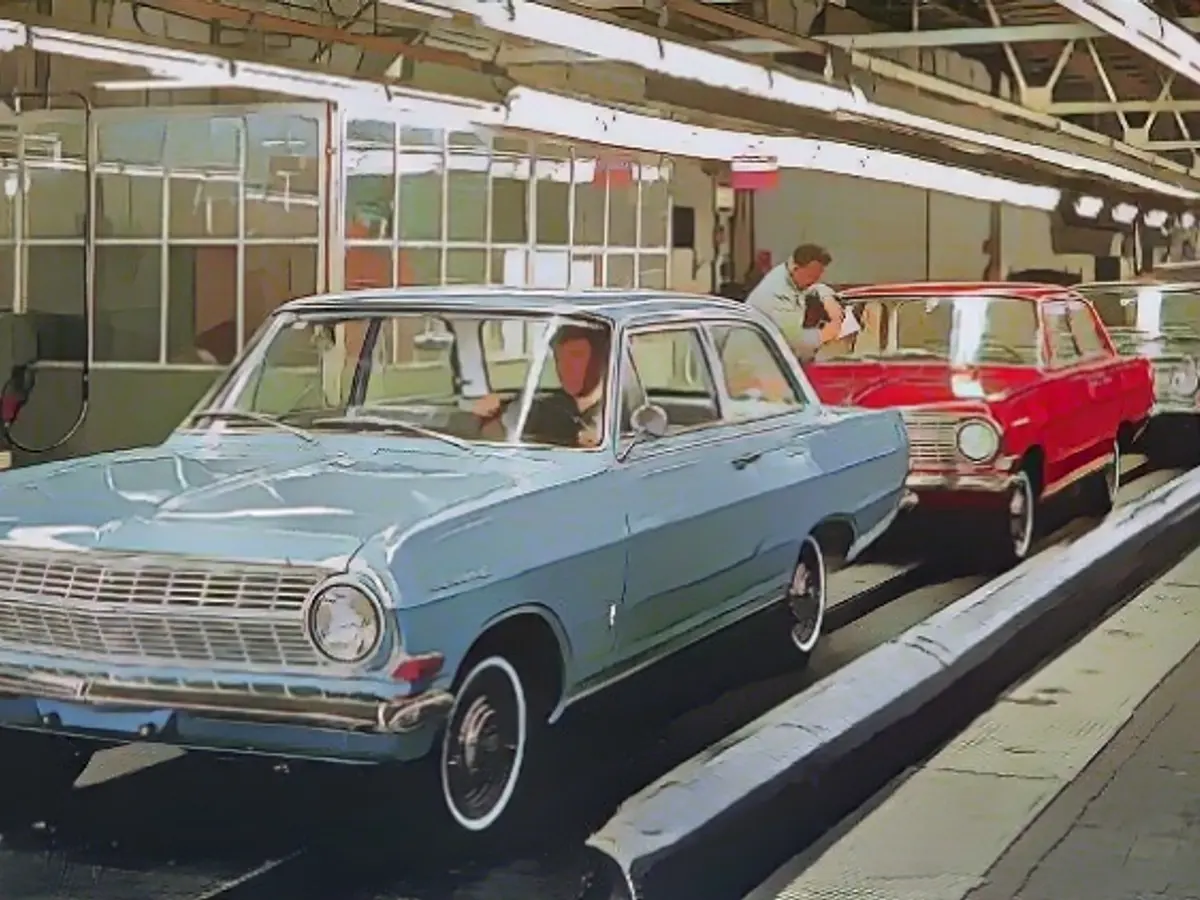
Almost a quarter of German vehicle production at the time bore the Blitz brand logo, because in Rüsselsheim they knew better than in Wolfsburg or Cologne what career-hungry German citizens wanted: Affordable status symbols in the latest US chic style. Anyone who already owned a trendy prefabricated house or even lived in a chic flat-roofed bungalow in the style of the newly inaugurated German Chancellor Ludwig Erhard wanted a vehicle in their driveway that everyone looked out for.
"A record year - a record year"
Glamor for little money - the Opel Rekord A in the style of an American Chevrolet made competitors such as the Ford Taunus 17 M look old. And with the optional 2.6-liter six-cylinder engine, it even outdid the Mercedes 200 and "Neue Klasse" BMW on the autobahn. "It clearly stands out in a higher class" and "Proud of the stately car" were the slogans of the Opel marketing strategists who celebrated "A record year - a record year" in 1964.
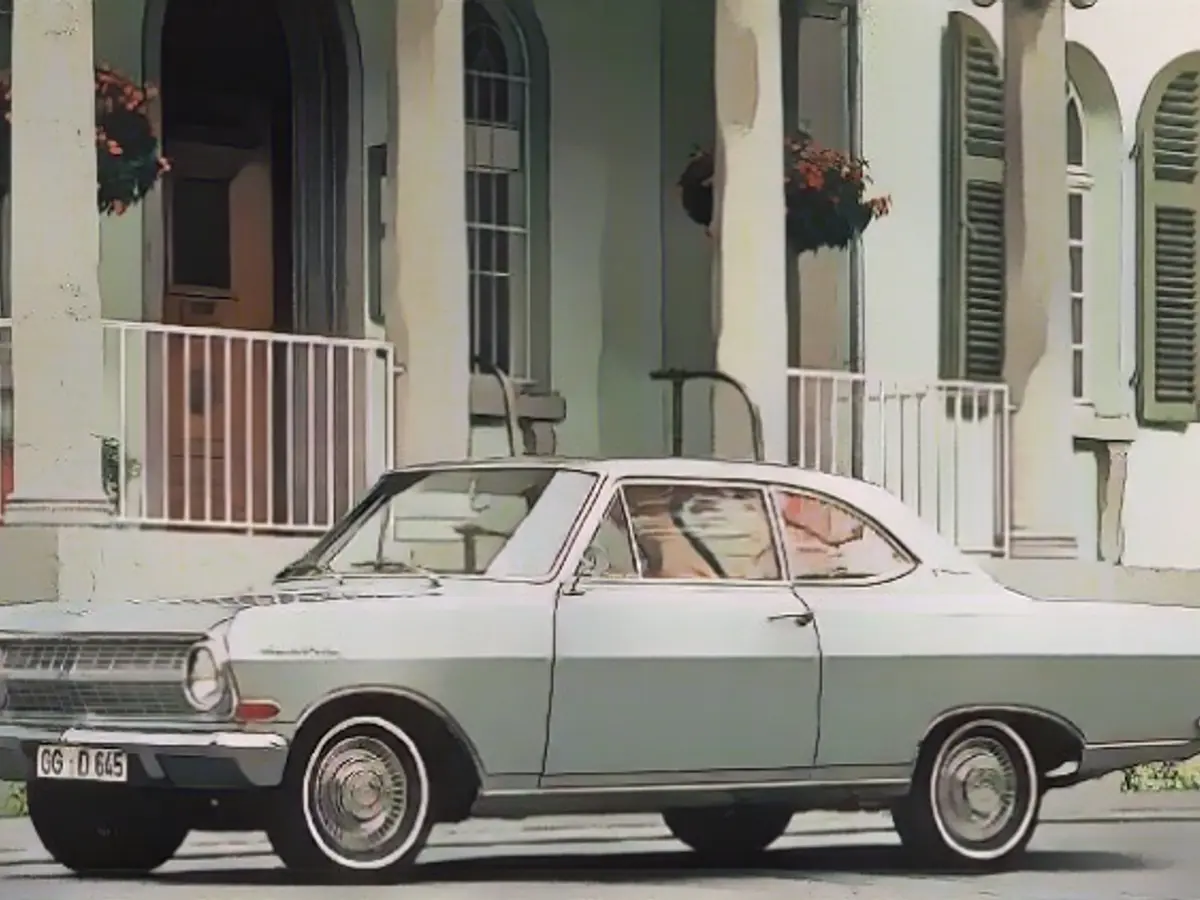
In fact, the smooth-surfaced Rekord took second place in the sales charts behind the VW Beetle. Prosperity for all - this calculation worked out for Opel with the Rekord A, especially as the Rüsselsheim-based company achieved record profits at the same time.
Opel's production output rose by almost 50 percent and the net profit of the German subsidiary of the Detroit-based GM Group by over a third, as the trapezoidal style with its sophisticated US look proved to be a recipe for success for the Rekord A and the facelift version Rekord B that followed in 1965. After the conservatively styled predecessor Rekord (P2) had lost ground to the avant-garde Ford 17 M (P3 "bathtub") at the beginning of the 1960s, the Rüsselsheim-based mid-range company opted for a fresh start, matching the Rekord A model code.
First supermarkets in Berlin boosted consumption
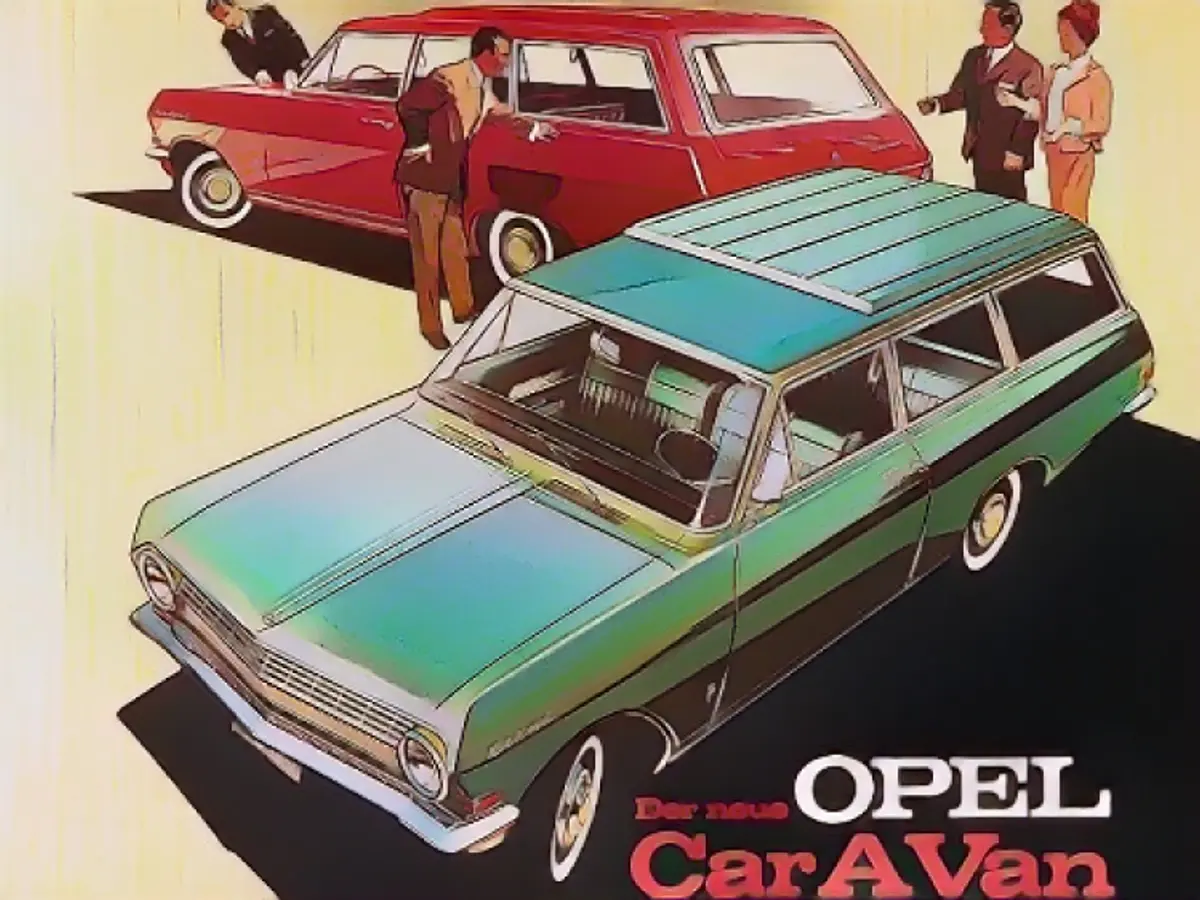
While the first supermarkets in Germany boosted consumption with a large selection at low prices, Opel dealerships presented the Rekord A as the protagonist of an era of unprecedented body diversity: whether as a two- and four-door sedan, elegant coupé, exclusive convertible (supplied by the Autenrieth and Deutsch coachbuilders), family-friendly "Caravan" station wagon with two cubic meters of cargo volume or as a useful express delivery van, the Rekord set standards.
"Rekord à la carte" was the slogan of a marketing campaign that also promoted a customization program that was almost unique at the time: "1400 Rekord cars are built every day. Many with steel crank roof, disc brakes... in 13 single-color and 15 two-tone paint finishes, with plastic and leather upholstery. Only a few record-breaking cars resemble each other like two peas in a pod."
Discount prices from 6830 marks - competitors more expensive
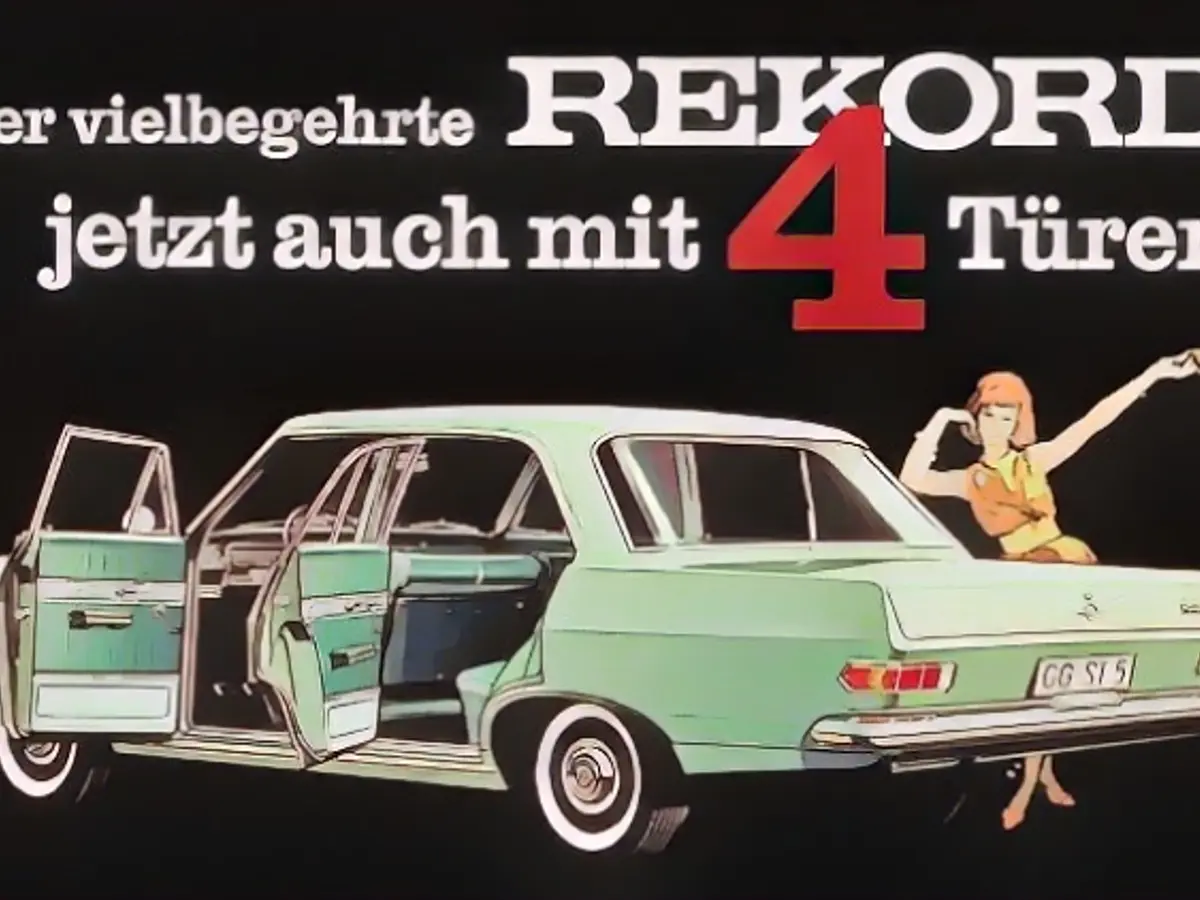
And all this at discount prices starting at 6830 Deutschmarks; all competitors in the then stately 4.51-meter-long format were more expensive, Volvo Amazon or the BMW New Class even by around 50 percent. In fact, in terms of sales figures, the large Volks-Opel even outperformed the small Kadett (A), which had just been launched and was only a good 1,000 Deutschmarks cheaper, and even more: at the end of their three-year production period, the Rekord A/B models were the first German mid-size series to break the million barrier with almost 1.2 million units sold.
American lifestyle with glitz and glamor was suddenly no longer the privilege of the wealthy, and the world was in a state of social and political upheaval. The youthful-looking US President John F. Kennedy visited the Federal Republic in 1963 and represented the hopes of a new generation that believed in progress; 87-year-old Federal Chancellor Konrad Adenauer left his office to Ludwig Erhard, the father of the German economic miracle. The rebellious bands Beatles and Rolling Stones were celebrated by screaming teenagers, the new Second German Television started broadcasting, naturally with a US series ("Three Good Friends") - and Opel had to explain why automotive fashions were changing so rapidly.
Popular status symbol of the Germans

In the end, the Hessian mid-size class was given new clothes after two to three years at the latest. Successfully, by the way, because the latest fashionable car remained the most popular status symbol for Germans until the 1970s. "In the spirit of progress, tastes and desires change," said the Opel advertising. "That's why we didn't just improve the Rekord here and renew it there, but built a completely new car".
Apart from the fact that the design of the Rekord A's four-cylinder engines was derived from pre-war units, this was largely true. In contrast, the Rekord B, introduced in 1965, was differentiated above all by a facelift with rectangular headlights that anticipated the look of the 1966 Rekord C.
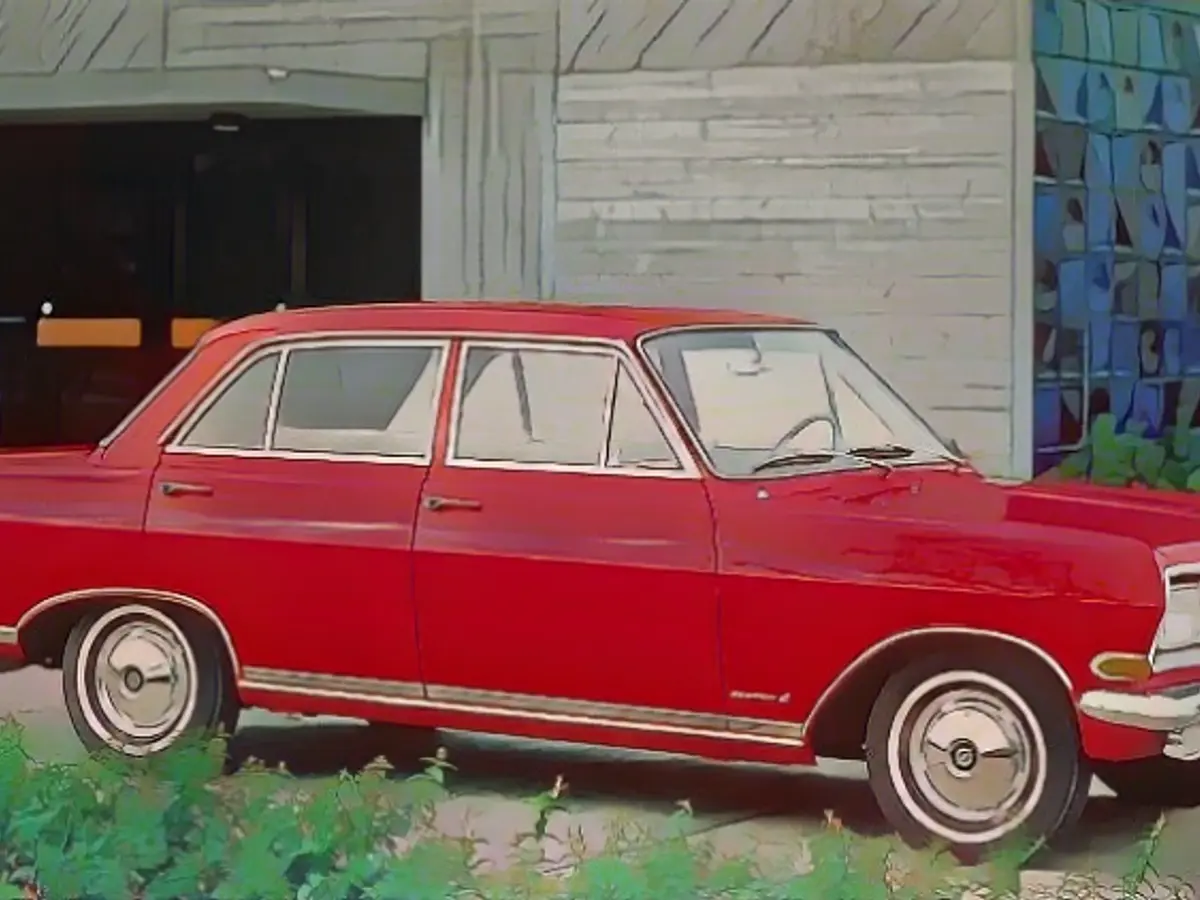
As a "family car with sports car character", however, the Rekord B now had a modern four-cylinder engine with overhead camshaft, five-bearing crankshaft and angled valves under the hood, releasing up to 66 kW/90 hp. At the time, this was enough power to match the Porsche 912 or BMW 1800. In addition, there was still the large-volume six-cylinder engine, whose 74 kW/100 hp in the Rekord B was enough to outperform the fresh rival from Cologne (Ford 20 M TS).
The Rekord Coupé-6 could even hold its own on a par with the Italian design jewel Ford Osi or the BMW 2000 C, which were highly regarded at the time, and conveyed a touch of Gran Turismo glamor, especially in the newly introduced elegantly shimmering metallic paint finishes.
First affordable model with broadband headlights
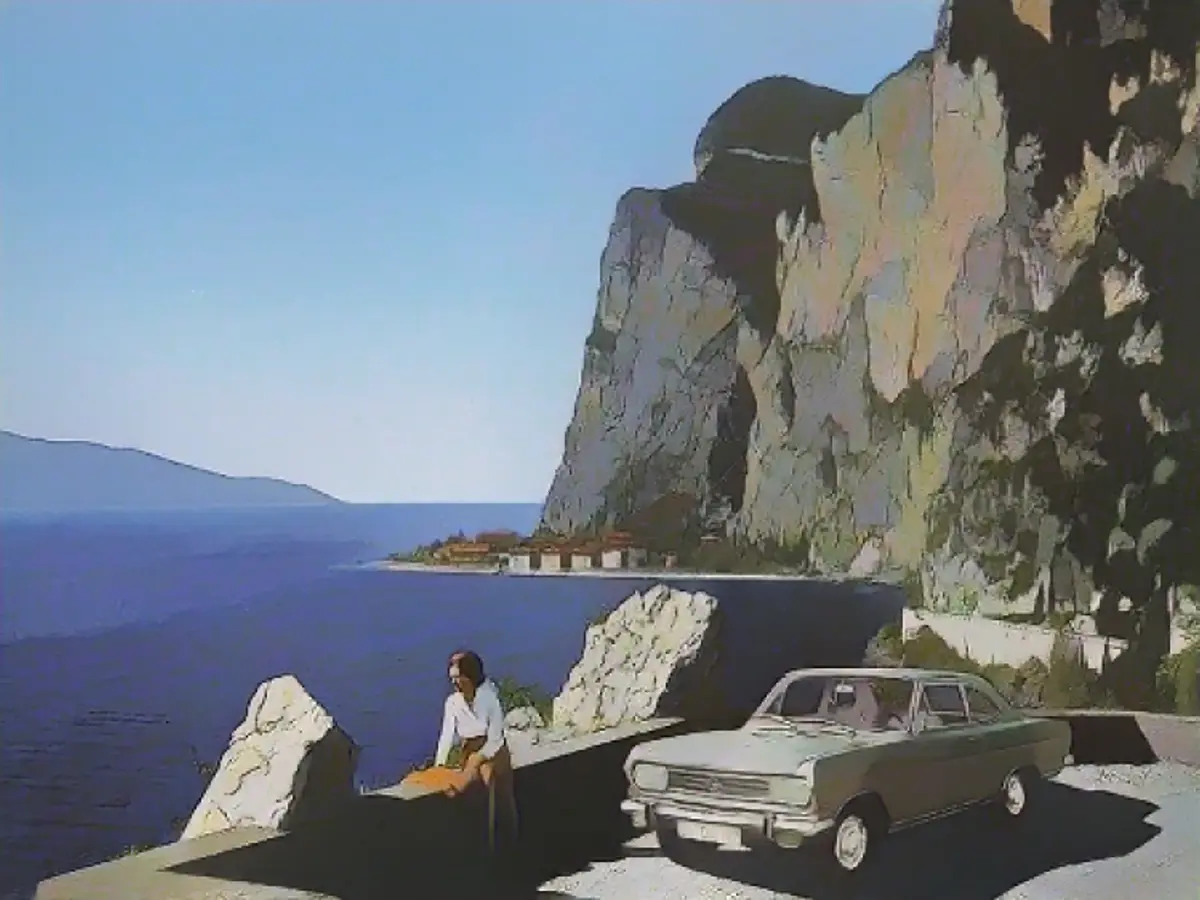
When Opel today celebrates the so-called LED pixel light in the Astra as the best-in-class lighting system, the brand is continuing a tradition as a lighting specialist whose beginnings have perhaps even been forgotten in Rüsselsheim. After all, it was the Rekord B that caused a sensation among experts in 1965 as the first affordable model with broadband headlights because it offered a "directed wide-area light with low glare" (press release), which was otherwise only available in premium models. A lighting system that also characterized the redesigned Rekord C and its premium derivative, the Opel Commodore A, introduced in 1966.
However, this Opel also secured its position as the best-selling European in its class with American design at affordable prices. Nicolas Ziegler from the evaluation organization Classic Analytics knows just how fascinating the Rekord is as a classic:
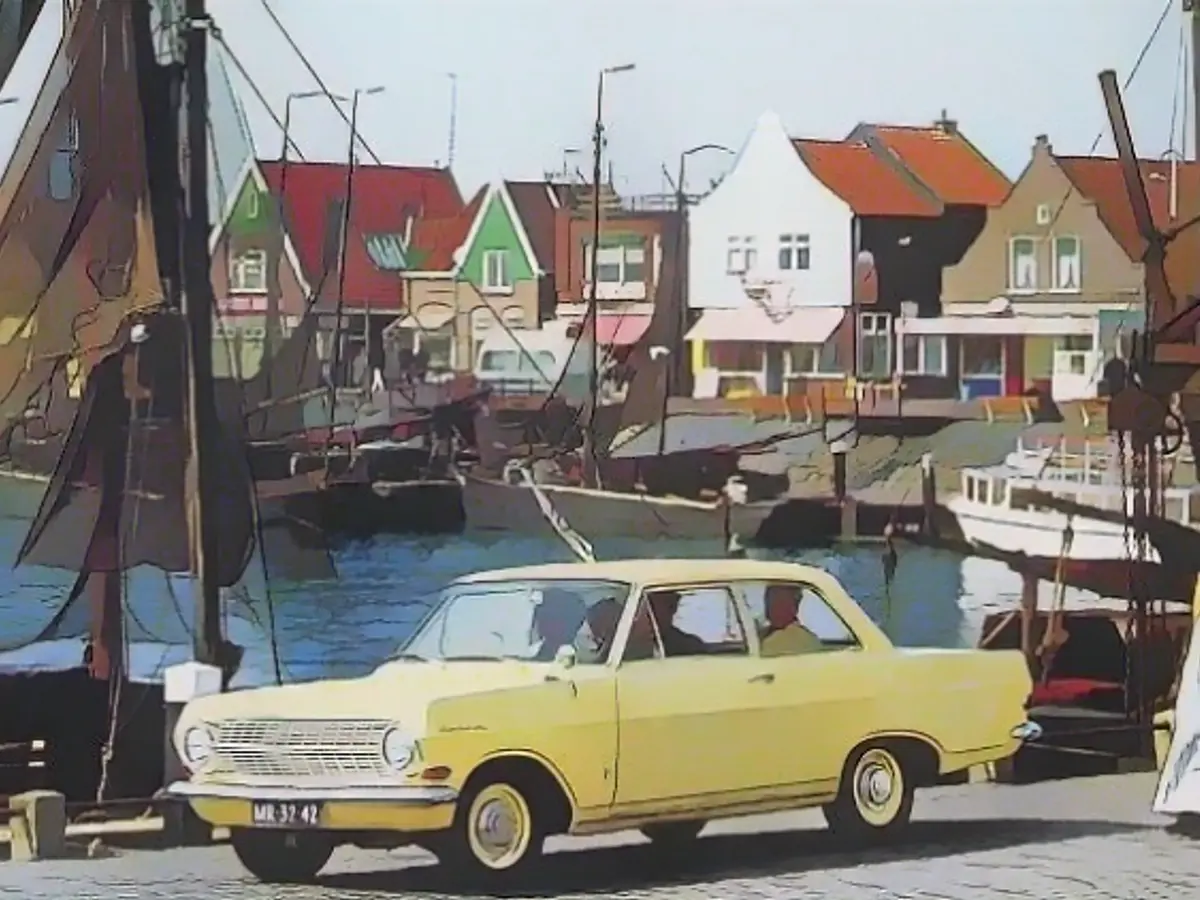
"While the Rekord C is still one of the most popular Opel models ever in the classic car scene, the Rekord A is almost living a shadowy existence. This is not due to its technical qualities, but mainly to the fact that only a few of them have survived; the Caravan versions in particular were literally used up in tough everyday use. As a four-door saloon with the 60 hp four-cylinder engine, a Rekord A in good condition costs around 11,000 euros."
Chronicle
1953: The Opel Olympia Rekord debuts in fashionable pontoon form and advances to number two in the German new registration statistics behind the VW Beetle
1957: Start of production of the Opel Olympia Rekord P1 in August with a body in the American dream car style with panoramic windows, the Rekord P1 is considered the epitome of automotive style in Germany
1960: Start of series production of the Opel Rekord P2 as a two-door saloon and caravan in August. The four-door saloon followed in December. Compared to the aerodynamic Ford Taunus 17 M (P3, "bathtub"), the angular Rekord appears staid and conservative
1961: From August, the Rekord debuts as a coupé for the first time, but it cannot surpass the success of the Taunus 17 M (P3)
1962: The design of the Rekord A is defined at the Technical Center in Warren, Michigan, and is based on the successful Chevrolet Chevy II
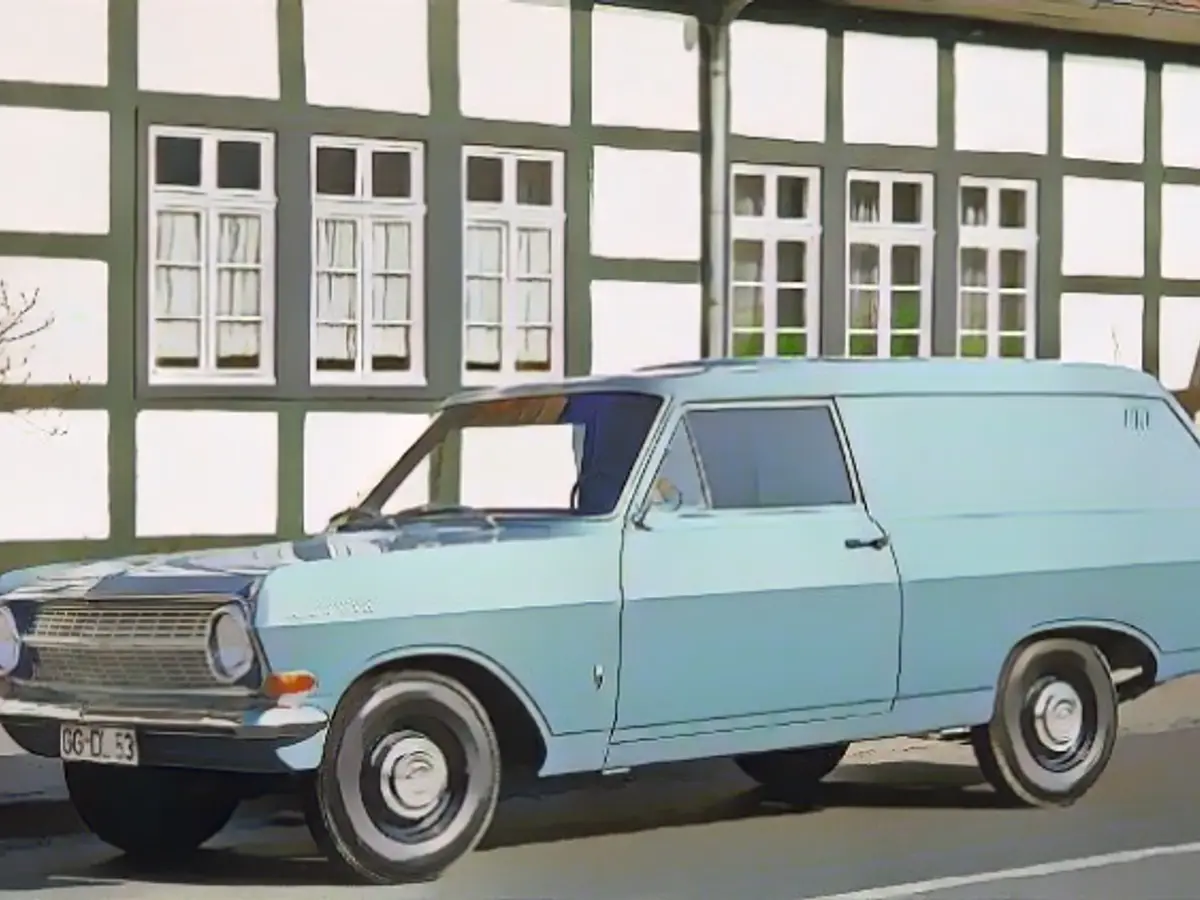
1963: In March, Opel presents the Rekord A as the successor to the Rekord P2. The Rekord A is available as a two- and four-door sedan, a coupé, a convertible (supplied by the Autenrieth and Deutsch body shops), a "Caravan" station wagon and a fast delivery van. A total of 302,302 Rekord A are produced in the first year of sales. Opel generates a net profit of 137.4 million marks, compared to 107 million marks in the previous year. Total vehicle production at Opel increases by almost 50 percent compared to the previous year, bringing its share of German car production to 22.1 percent
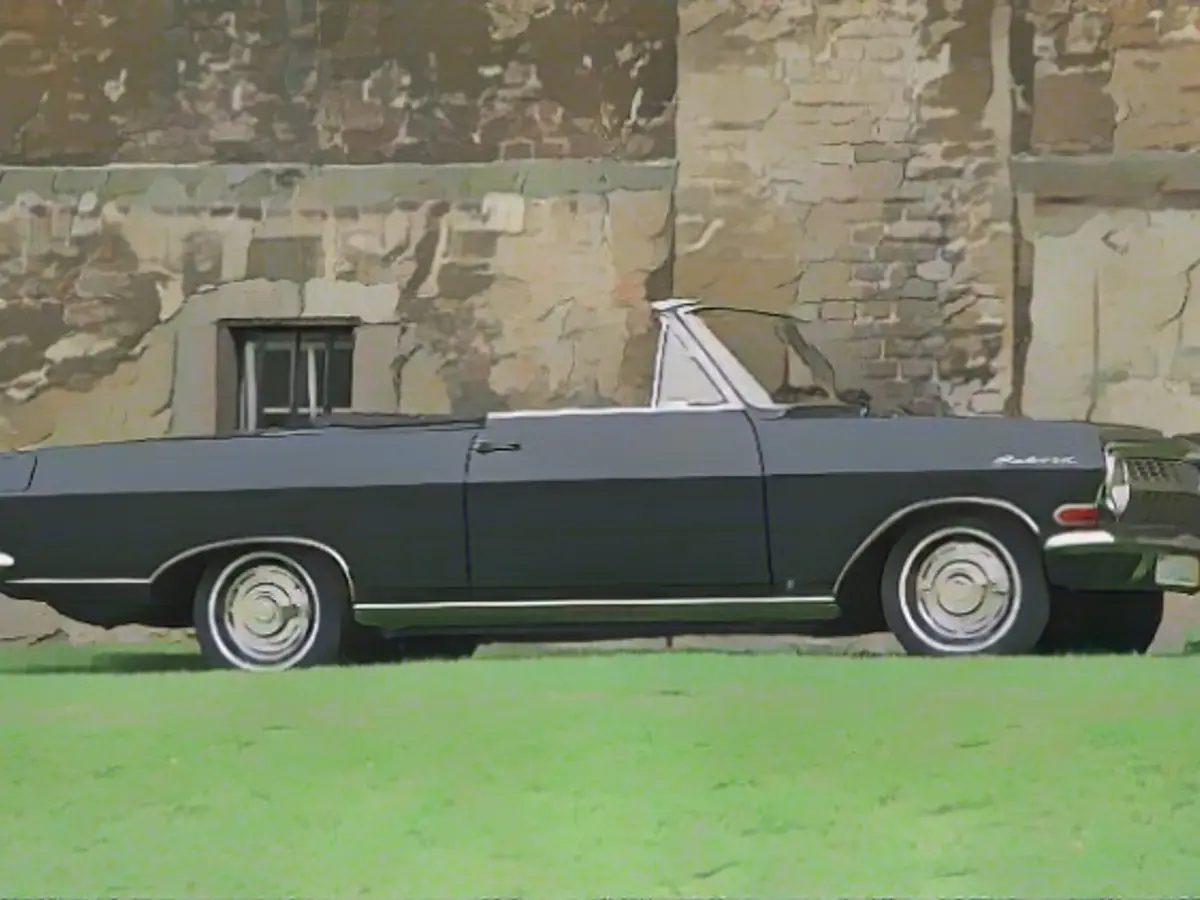
1964: From June, the Rekord L becomes available as the first mid-range Opel with a six-cylinder engine. Together with the flagships Kapitän, Admiral and Diplomat, the Rekord L is the first Opel to be equipped with a 12-volt system, while Ford, for example, still relies on 6-volt technology throughout. The coachbuilders Autenrieth and Deutsch produce convertible conversions of the Rekord. On July 9, the five millionth Opel rolls off the production line, just 24 years after the first million Opel vehicles, and the record is primarily responsible for this sales success. 375,997 units of the Rekord A in the past twelve months are the best annual figure in record production to date
1965: As a further development of the Opel Rekord A (total sales of 887,304 units), the Rekord B is launched in August. In September, the Rekord B becomes a major attraction at the IAA in Frankfurt. New engines and a modified front and rear design characterize the new mid-range model year. 339,025 Rekord A/B units are produced this year
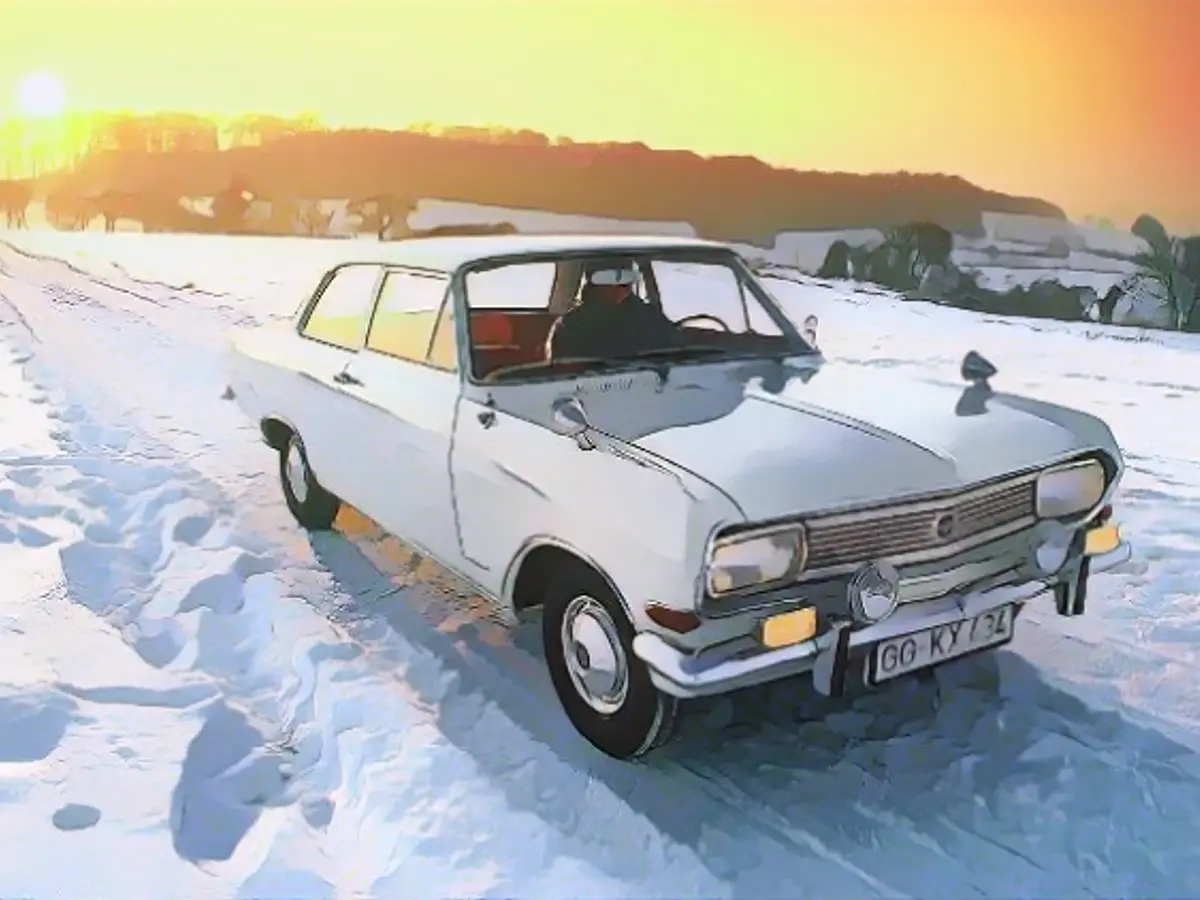
1966: With the introduction of the Opel Rekord C, the Rekord B is retired in August. A total of 296,771 Rekord Bs rolled off the production line in just eleven months, 166,751 of them in 1966. The Rekord A/B was the first Opel model series to reach a production run of 1,184,075 units, which were delivered between 1963 and 1966
1986: The first Opel Omega (A) replaced the last generation of the Opel Rekord (E2)
2023: Opel honors the 60th anniversary of the Rekord A with various promotions. Today, the Corsa small car achieves the highest sales figures for Opel, in October it once again positioned itself as the best-selling small car in Germany
- The Opel Rekord A, a popular model from the 1960s, was often compared to American Chevrolet models due to its stylish design and affordable price, making it a desirable vintage car for many.
- Opel's lineup in the 1960s included various models, such as the Opel Rekord, which was available in different body styles like sedans, coupes, convertibles, and even station wagons, catering to the diverse tastes of its customers.
Source: www.ntv.de
